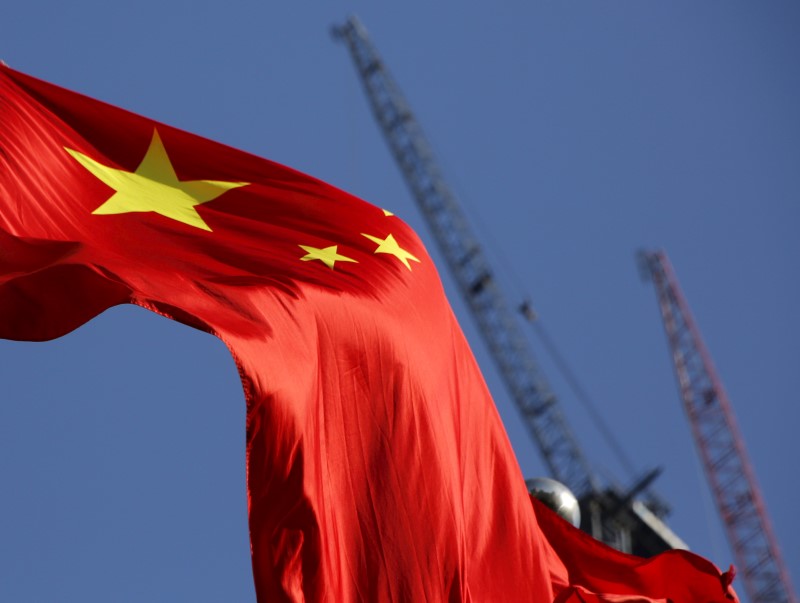Gold prices rise from 2-wk low with focus on Russia-Ukraine, Jackson Hole
Investing.com-- Chinese manufacturing activity unexpectedly shrank in October, while non-manufacturing activity grew at a slower pace as domestic businesses faced continued pressure from worsening local and overseas demand.
The manufacturing purchasing managers index (PMI) read 49.5 in October, according to data from the National Bureau of Statistics. The reading was lower than expectations that growth would remain steady at the 50.2 seen last month.
A reading below 50 indicates contraction, with the manufacturing PMI now slipping back into contraction after growing slightly in September.
The sector has faced increased headwinds this year, particularly from slowing overseas demand as economic conditions in China’s biggest export markets worsen. China’s manufacturing PMI has now contracted for six of the 10 months so far in 2023.
Local demand has also remained weak, especially amid growing concerns over a meltdown in China’s massive property sector, which is in the throes of a renewed debt crisis.
This saw China’s non-manufacturing PMI slow to 50.6 in October from 51.7 in the prior month, while also missing expectations of 51.8.
China’s composite PMI barely grew at 50.7 in October from 52.0 in September. The reading was at its weakest since December 2022.
Business activity- particularly the services sector- appeared to have taken little support from the week-long Autumn festival holiday at the beginning of October, indicating that consumers were cutting back spending in the face of potentially worsening economic conditions.
Foreign investors also remained wary of making any capital investments in China, given the rather tenuous state of local economic activity.
While China clocked better-than-expected gross domestic product (GDP) growth in the third quarter, Tuesday’s reading indicates that the economy was off to a sluggish start in the fourth quarter.
Tuesday’s data also showed that despite a slew of stimulus measures from Beijing over the past few months, Chinese businesses were seeing limited relief, as consumer demand for goods remained weak.
Still, the economy may see some relief in the coming months, especially with Beijing set to launch a massive 1 trillion yuan ($140 billion) bond issuance to shore up infrastructure spending.
